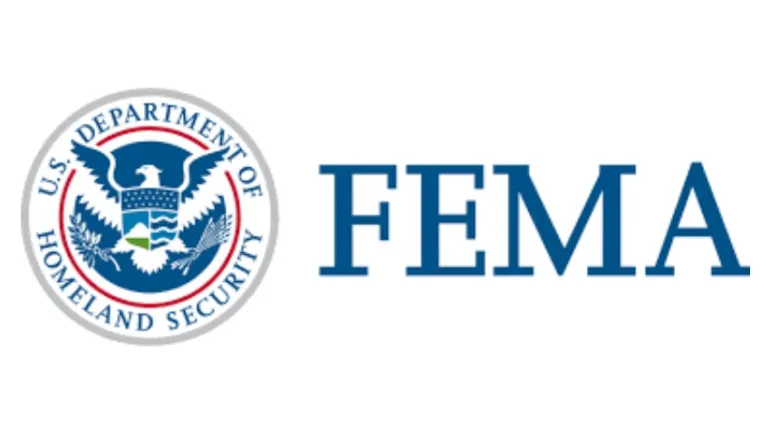
In a world increasingly prone to natural disasters and unpredictable emergencies, mobile technology plays a vital role in preparedness and response. The Federal Emergency Management Agency (FEMA) of the United States has embraced this need by developing a suite of mobile products designed to keep citizens informed, prepared, and protected. From real-time alerts to recovery tools, FEMA mobile apps and digital platforms provide essential support before, during, and after disasters. This guide explores how FEMA’s mobile products contribute to disaster readiness and response, and why they are essential tools in the hands of both individuals and emergency professionals.
FEMA mobile products refer to digital tools developed by FEMA that are accessible via smartphones, tablets, or web browsers. These include the FEMA App, Disaster Recovery Center (DRC) Locator, FEMA Text Message Service, and web-based tools like the National Flood Hazard Layer Viewer. The primary goal of these tools is to streamline emergency information dissemination, improve preparedness, and speed up post-disaster recovery processes.
The FEMA App is the flagship mobile product and is available for both iOS and Android devices. It includes several key features:
Whether you’re preparing for a hurricane, wildfire, earthquake, or flood, the app delivers timely, location-based alerts and guides you through response steps.
For citizens, especially those living in disaster-prone areas, FEMA’s mobile products offer peace of mind. The FEMA App allows users to track emergency events in up to five different locations—perfect for families who live apart or travel frequently. Users receive push notifications about approaching threats and can easily find the nearest shelter or Disaster Recovery Center.
Additionally, during a crisis, communication networks may falter. FEMA’s text message service allows users to receive shelter and disaster updates via SMS. For example, texting "SHELTER" and a ZIP code (e.g., "SHELTER 12345") to 43362 returns nearby shelter locations—even when app connectivity is down.
FEMA mobile tools are not just for the general public. Emergency managers, first responders, and state/local agencies also benefit. These tools provide situational awareness, live status reports, and logistical data. For instance, the Integrated Public Alert and Warning System (IPAWS) and Hazus GIS-based risk models can be integrated into regional planning and drills.
Moreover, FEMA’s mobile products support interoperability with other platforms, making them useful in large-scale disaster coordination. The DRC Locator ensures that affected communities can find and access federal assistance rapidly.
One of the most vital functions of FEMA’s mobile products is alert delivery. FEMA partners with the National Weather Service, National Oceanic and Atmospheric Administration (NOAA), and state emergency agencies to deliver Wireless Emergency Alerts (WEA).
These alerts notify users of:
Receiving alerts on your phone within seconds can be lifesaving. Unlike social media updates or news coverage, these notifications are direct, verified, and location-specific.
Another standout feature of the FEMA App is its customizable emergency preparedness checklist. Users can input specific needs (e.g., pets, medication, elderly care) and create tailored emergency kits. The app also suggests supplies based on the user’s region and risk type, ensuring that you’re not just prepared—but properly prepared.
This checklist becomes especially useful in Bangladesh-like regions where sudden weather changes and flooding are common. Similar apps or systems inspired by FEMA’s model could benefit developing countries with high climate vulnerability.
Accessibility remains a top priority for FEMA. The app is available in English and Spanish, making it easier for a larger segment of the population to use. Moreover, visual icons, voice-over compatibility, and large font settings ensure that the elderly and differently-abled citizens are not left out during emergencies.
In disaster response, time and clarity are critical. By designing intuitive user interfaces and multilingual support, FEMA makes sure its mobile products are effective across various communities.
FEMA’s official mobile products are free and available through:
For those without smartphones, SMS-based tools remain an essential alternative. FEMA’s public service approach ensures that technology doesn’t become a barrier during emergencies.
FEMA continues to innovate. Upcoming versions of the app aim to include AI-powered threat prediction, live camera feeds from shelters, and resource mapping via AR (augmented reality). Integration with smart home systems and voice assistants like Alexa or Google Home may also be in development.
Moreover, FEMA is actively collaborating with private tech companies to strengthen predictive analytics, especially for climate change-related disasters. As disaster frequency increases globally, mobile products like these will become indispensable.
In an era where disaster events are escalating due to climate change and urban vulnerabilities, FEMA mobile products stand out as essential tools for both individuals and emergency response teams. From real-time alerts and preparedness guides to shelter locators and aid applications, these digital solutions make disaster response more efficient, inclusive, and timely.
Whether you're a citizen looking to stay prepared or an emergency professional coordinating recovery efforts, FEMA’s mobile products offer reliable, accessible, and lifesaving support. If you haven’t already, downloading the FEMA App could be one of the smartest moves you make for your safety.












Comments
There are no comments for this Article.